Home>Dining>Tableware>How To Identify Vintage Crystal Stemware
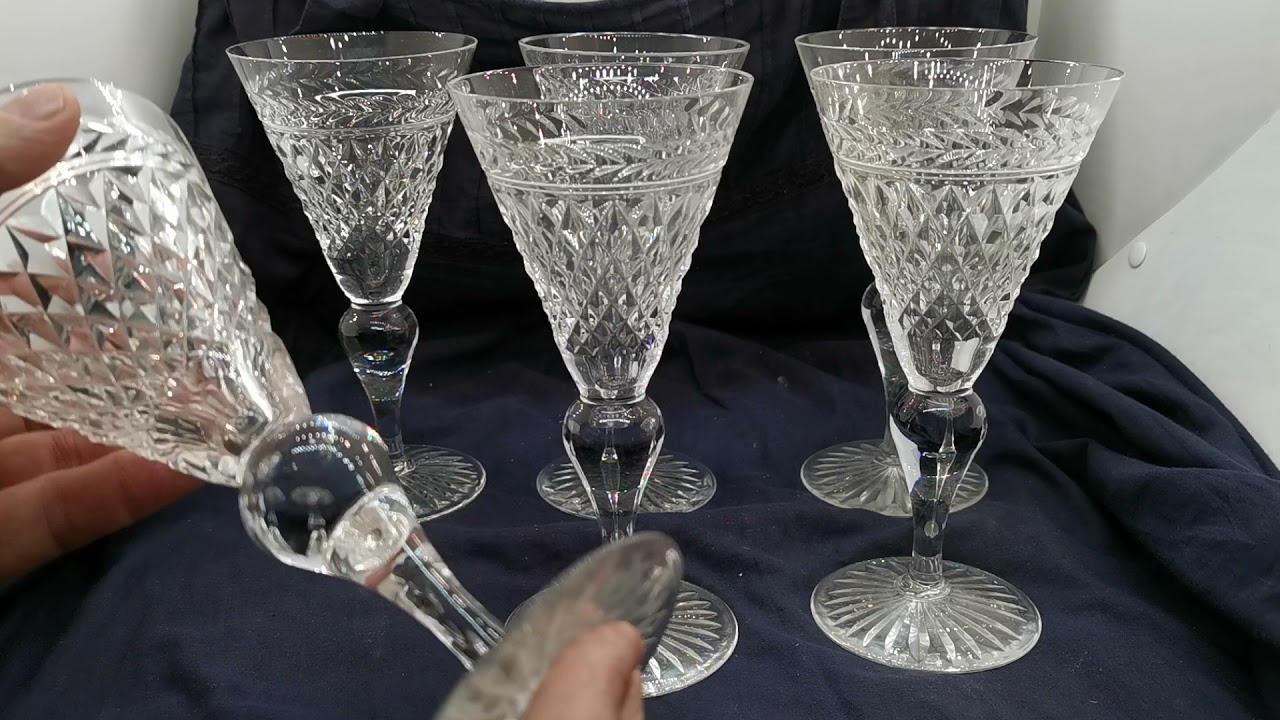

Tableware
How To Identify Vintage Crystal Stemware
Modified: January 4, 2024
Learn how to identify vintage crystal stemware, including tableware, with our helpful guide. Discover the key features and markings to look for when collecting these timeless pieces.
(Many of the links in this article redirect to a specific reviewed product. Your purchase of these products through affiliate links helps to generate commission for Storables.com, at no extra cost. Learn more)
Introduction
Welcome to the world of vintage crystal stemware, where elegance and craftsmanship come together to create timeless tableware pieces. Whether you’re a collector, a vintage enthusiast, or simply intrigued by the beauty of crystal glassware, identifying and understanding vintage crystal stemware can be a fascinating journey.
Crystal stemware has been around for centuries, favored by those who appreciate the delicacy and sophistication it adds to a table setting. Vintage crystal stemware, in particular, holds a special allure, as each piece carries with it a unique history and craftsmanship that is often unmatched by its modern counterparts.
In this article, we will explore the art of identifying vintage crystal stemware. We will delve into the reasons why it’s important to be able to recognize these pieces, the research and background required for accurate identification, and the distinctive characteristics that set vintage crystal stemware apart from other glassware.
By learning how to examine, identify the maker, determine the age, and authenticate vintage crystal stemware, collectors and enthusiasts alike can make informed decisions when adding to their collections. Whether it’s for personal enjoyment, investment purposes, or the satisfaction of owning a beautiful piece of history, understanding vintage crystal stemware opens up a world of possibilities.
So, without further ado, let’s embark on an enlightening journey into the captivating world of vintage crystal stemware and discover the secrets that lie within each exquisite piece.
Key Takeaways:
- Identifying vintage crystal stemware involves understanding its unique characteristics, researching manufacturers, and examining the glassware for quality, markings, and design elements. This knowledge enhances the appreciation and value of these exquisite tableware pieces.
- Authenticating vintage crystal stemware requires attention to details, seeking expert opinions, and considering provenance. By prioritizing authenticity and expanding resources, collectors can build a diverse and valuable collection while enjoying the beauty and elegance of each piece.
Read more: How To Identify Unmarked Crystal Stemware
What is Vintage Crystal Stemware?
Before we dive deeper into identifying vintage crystal stemware, let’s first understand what exactly it is. Vintage crystal stemware refers to the glassware, typically used for serving wine or other beverages, that was produced at least 20 years ago.
What sets vintage crystal stemware apart from other glassware is the material it is made from – crystal. Crystal is a high-quality type of glass that contains lead oxide, giving it a brilliant sparkle and clarity. This lead content also gives crystal a distinct weight and sound when tapped.
Crystal stemware is known for its delicate and elegant design, often featuring intricate etchings, cuts, or patterns that enhance its visual appeal. The long stem and wide bowl of crystal stemware also serve a practical purpose, allowing the wine to breathe and enhancing the drinking experience.
It’s important to note that vintage crystal stemware is not the same as antique crystal stemware. Antique refers to items that are at least 100 years old, while vintage refers to items that are at least 20 years old but less than 100 years old. Vintage crystal stemware, therefore, represents a specific era in glassware production, offering a glimpse into the craftsmanship and design trends of the past.
Collecting vintage crystal stemware has become a popular hobby and a way to preserve the beauty and history of these intricate pieces. Whether displayed in a cabinet, used for special occasions, or passed down as heirlooms, vintage crystal stemware evokes a sense of sophistication and nostalgia that can’t be replicated.
Now that we have a clear understanding of what vintage crystal stemware encompasses, let’s explore why it’s important to be able to identify these pieces.
Why Identify Vintage Crystal Stemware?
Identifying vintage crystal stemware goes beyond simply recognizing the age and origin of a piece. It holds several advantages and benefits for collectors, enthusiasts, and anyone with an appreciation for these elegant tableware pieces.
Firstly, identifying vintage crystal stemware allows collectors to ensure they are acquiring authentic and valuable pieces. The market for vintage glassware can be saturated with reproductions and imitations, making it crucial to have the knowledge and expertise to differentiate between genuine vintage pieces and contemporary replicas. By being able to identify authentic vintage crystal stemware, collectors can make informed purchasing decisions and build a collection of genuine pieces with historical significance and potential value.
Additionally, identifying vintage crystal stemware opens up opportunities for research and learning. Each piece carries a story – from the manufacturer and designer to the era in which it was produced. By accurately identifying vintage crystal stemware, collectors and enthusiasts can delve into the rich history of glassware production, learning about different manufacturers, design styles, and the social and cultural influences that shaped the industry. This knowledge adds depth and context to the collection and enhances the overall appreciation of these exquisite tableware pieces.
Moreover, identifying vintage crystal stemware allows for accurate preservation and care. Different manufacturers may have specific recommendations for cleaning, storage, and maintenance of their crystal stemware. By being able to identify the maker and era of a piece, collectors can access resources and information to ensure proper care and avoid any potential damage or deterioration. Preserving the integrity and beauty of vintage crystal stemware is not only aesthetically pleasing but also maintains its value over time.
Lastly, identifying vintage crystal stemware can be a rewarding and fulfilling experience. There is a sense of satisfaction and accomplishment in being able to recognize and appreciate the craftsmanship, design, and historical significance of these pieces. It allows collectors to establish a personal connection with each item in their collection, as they uncover the details and stories behind them.
Whether you are a collector, an enthusiast, or simply someone who appreciates the beauty of vintage crystal stemware, the ability to identify these pieces brings numerous advantages. It ensures authenticity, provides opportunities for research and learning, facilitates proper care and preservation, and adds a sense of fulfillment to the collection. So, let us dive into the world of vintage crystal stemware and explore how to identify these exquisite tableware pieces.
Research and Background
Identifying vintage crystal stemware requires a combination of research and background knowledge. This process involves gathering information about manufacturers, design styles, and production techniques to accurately determine the age and origin of a piece.
To start your research, it’s beneficial to familiarize yourself with prominent glassware manufacturers from the past. Companies such as Waterford, Baccarat, Lalique, and Orrefors are well-known for their exquisite crystal stemware and have a rich history in the industry. Understanding the trademarks, signatures, and markings associated with these manufacturers can help in the identification process.
In addition to familiarizing yourself with specific manufacturers, it’s essential to understand the design styles that were popular during different time periods. For example, the Art Deco movement of the 1920s and 1930s embraced geometric shapes and bold patterns, while the Victorian era in the late 19th century favored intricate engravings and floral motifs.
A helpful resource for conducting research is reference books on vintage glassware and crystal stemware. These books provide valuable information on different manufacturers, patterns, and design elements. They often include detailed descriptions and photographs that can assist in identification. Online forums and communities dedicated to glassware collecting are also great sources for information and discussions with like-minded enthusiasts.
Another aspect of research involves understanding the production techniques used in different time periods. For example, hand-blown crystal is likely to have certain characteristics and imperfections that differ from machine-made crystal. Knowing how different manufacturing methods evolved and were used by specific manufacturers can be key to identifying vintage crystal stemware.
Lastly, staying updated on market trends and prices can provide insight into the rarity and value of vintage crystal stemware. Auction houses, antique fairs, and online marketplaces can offer a glimpse into what collectors are seeking, as well as the current market prices for specific designs or brands.
Acquiring a solid background knowledge through research will serve as the foundation for accurately identifying and evaluating vintage crystal stemware. By understanding the manufacturers, design styles, production techniques, and market trends, you’ll be equipped with the necessary tools to embark on the journey of identification.
Characteristics of Vintage Crystal Stemware
Vintage crystal stemware possesses distinct characteristics that set it apart from other glassware. These traits can help in the identification process and provide insights into the quality and craftsmanship of a piece. Here are some key characteristics to look out for:
1. Brilliant Clarity: Vintage crystal stemware is known for its exceptional clarity, which is a result of the lead oxide content in the glass. When held up to light, the crystal should exhibit a brilliant sparkle and the ability to reflect light beautifully.
2. Weight: Vintage crystal stemware often has a noticeable weight compared to regular glassware. This weight is attributable to the lead content, which gives the crystal a substantial feel and adds to its overall luxuriousness.
3. Sound: When gently tapped, vintage crystal stemware produces a clear and resonant “ping” or high-pitched sound. This unique sound is indicative of the quality of the crystal and can help distinguish it from regular glassware.
4. Thin and Delicate: Vintage crystal stemware is typically made with thin and delicate glass, adding to its elegance and sophistication. This thinness reflects the skill of the glassblower and demonstrates the craftsmanship of the piece.
5. Patterns and Designs: Vintage crystal stemware often features intricate patterns, cuts, or etchings that enhance its visual appeal. These designs can vary from simple geometric motifs to elaborate floral patterns or even engraved scenes. Pay attention to the specific designs and motifs associated with different manufacturers and time periods.
6. Shape and Proportions: The shape and proportions of vintage crystal stemware are carefully considered to enhance the drinking experience. The long, slender stem provides an elegant grip while preventing the drinker’s hand from warming the wine. The bowl is often wide and tapering, allowing the wine to breathe and releasing its aromas.
7. Maker’s Marks: Look for any engraved or etched markings on the base of the stemware. These markings can indicate the manufacturer, designer, or origin of the piece. Researching and cross-referencing these marks can help identify and authenticate vintage crystal stemware.
Keep in mind that while these characteristics are common in vintage crystal stemware, they may not be definitive proof of an item’s age or authenticity. It’s important to consider these traits as part of the broader identification process and to gather additional information through research and examination.
With an understanding of the unique characteristics of vintage crystal stemware, you will be better equipped to identify and appreciate these exquisite pieces of tableware. So, let’s move on to examine the glassware and learn how to determine its authenticity and age.
Read more: What Is Crystal Stemware?
Examining the Glassware
When identifying vintage crystal stemware, a thorough examination of the glassware is essential. By closely inspecting various aspects of the piece, you can gather valuable clues about its age, authenticity, and quality. Here are some key areas to examine:
1. Quality of the Glass: Start by examining the overall quality of the glass. Look for any imperfections such as bubbles, ripples, or variations in thickness. Vintage crystal stemware is typically well-crafted with minimal flaws, indicating the skill and precision of the glassblower.
2. Edges and Rims: Check the edges and rims of the stemware for smoothness and uniformity. Vintage crystal stemware often has finely polished edges, which should feel smooth to the touch. Uneven or rough edges could be signs of wear or damage.
3. Etchings and Engravings: If the stemware features etchings or engravings, examine them closely. Pay attention to the level of detail, clarity, and consistency of the design. Vintage crystal stemware with intricate and well-executed etchings suggests craftsmanship and attention to detail.
4. Presence of Seams: Determine if the stemware has seams. Machine-made glassware typically has a visible seam where the mold was joined together during production. Vintage crystal stemware, particularly older pieces, is more likely to be hand-blown and may not have noticeable seams.
5. Handles or Applied Decorations: Some vintage crystal stemware may feature handles or applied decorations. Inspect these elements to ensure they are securely attached and free from any signs of damage or repairs.
6. Color: Crystal stemware is known for its clear and transparent appearance. Be cautious of glassware that appears cloudy or has a yellowish tint, as this could indicate a lower quality or non-crystal material.
7. Weight and Balance: Hold the stemware in your hand and assess its weight and balance. Vintage crystal stemware often has a certain heft that indicates its quality. It should also feel balanced and comfortable when held.
Remember to handle the stemware with care and use a soft cloth to avoid leaving fingerprints or smudges. Take your time when examining the glassware, noting any unique characteristics or peculiarities that may assist in its identification.
By thoroughly examining the glassware and considering these aspects, you can gather valuable information to help determine its authenticity, age, and quality. The examination process is an integral part of the identification journey and will guide you towards a deeper understanding of the vintage crystal stemware in your possession or those you wish to acquire.
Look for any maker’s marks or signatures on the stemware, as well as any specific patterns or designs that were popular during the vintage era. Researching the manufacturer and style can help identify the age and value of the piece.
Identifying the Maker
One of the crucial aspects of identifying vintage crystal stemware is determining the maker or manufacturer. Knowing the maker can provide valuable insights into the age, craftsmanship, and value of the piece. Here are some steps to help you identify the maker:
1. Research: Begin your identification process by researching reputable glassware manufacturers known for producing vintage crystal stemware. Familiarize yourself with the trademarks, logos, and symbols associated with different makers. Reference books, online resources, and collector communities can be excellent sources of information in this regard.
2. Manufacturer’s Marks: Examine the base or stem of the stemware for any engraved, etched, or stamped markings. These marks can indicate the maker or provide clues about the origin of the piece. Some manufacturers also used paper labels or acid-etched marks that may have worn off over time.
3. Pattern Identification: Vintage crystal stemware may feature specific patterns or designs associated with a particular manufacturer. Research and compare the pattern to catalogs or reference books that document the designs of different glassware producers. This can help narrow down the potential maker.
4. Signature Engravings: Some makers may have engraved the artist’s signature or initials on their pieces. Look closely for any such engravings, as they can provide valuable information about the creator and, in turn, help identify the manufacturer.
5. Online Research and Collectors’ Communities: Utilize online resources and collectors’ forums dedicated to vintage crystal stemware. Post clear pictures and detailed descriptions of the stemware you’re trying to identify. Knowledgeable collectors and enthusiasts may be able to offer insights, identify the maker, or direct you to further resources.
6. Consult Experts: If you’re finding it challenging to identify the maker of a particular piece of stemware, consider consulting experts in vintage glassware. These professionals have extensive knowledge and experience and can provide guidance based on their expertise.
Remember that the identification process may require persistence, especially if dealing with lesser-known or small-scale glassware manufacturers. Collect as much information as possible, cross-reference different sources, and compare your findings to establish a reliable identification of the maker.
Identifying the maker not only adds value to your vintage crystal stemware but also enhances your understanding of its historical context and craftsmanship. It enables you to appreciate the uniqueness and significance of each piece as you delve deeper into the legacy of the manufacturer and its contributions to the art of glassmaking.
Determining the Age
Determining the age of vintage crystal stemware is a crucial step in the identification process. Understanding the approximate age of a piece can provide insights into its historical significance, value, and manufacturing techniques. Here are some methods to help you determine the age of your vintage crystal stemware:
1. Maker’s Mark: The maker’s mark or logo found on the stemware can provide valuable clues regarding its age. Research the different variations of the maker’s marks used by specific manufacturers throughout their history. Early marks may look different from later ones, allowing you to narrow down the potential age range of your stemware.
2. Style and Design: Styles and design elements change over time, reflecting the prevailing trends and aesthetics of different eras. Research the design styles associated with specific time periods and compare them to the design of your vintage crystal stemware. Look for design details, patterns, and motifs that were popular during different historical periods.
3. Production Techniques: Advances in glassmaking technology and techniques can help approximate the age of vintage crystal stemware. For example, if your stemware has visible seams, it is likely machine-made, indicating a more recent production date. On the other hand, stemware without seams and with hand-blown characteristics suggests an earlier manufacturing process.
4. Historical Context: Consider the historical context in which the stemware was produced. Wars, economic changes, and cultural shifts can impact glassware production. Research events and trends during specific time periods and see if they align with the style, design, or characteristics of your stemware.
5. Reference Materials: Consult reference books, catalogs, and online resources that document the production and styles of vintage crystal stemware. These resources often provide information about the manufacturing dates associated with specific designs or patterns. Compare your piece to the illustrations and descriptions provided to gain insight into its age.
6. Expert Opinion: If you are unable to determine the age of your vintage crystal stemware through research, consider seeking the opinion of experts in vintage glassware. They can draw on their knowledge and experience to offer insights based on the characteristics, style, and other details of your stemware.
It’s important to note that determining the exact age of vintage crystal stemware can be challenging, especially if there are minimal or ambiguous markings. However, by considering multiple factors such as the maker’s mark, style, design, production techniques, historical context, and expert opinions, you can form a reasonable estimation of the age of your stemware.
By determining the age, you can gain a deeper appreciation for the historical significance of your vintage crystal stemware and understand how it fits into the broader timeline of glassware production.
Authenticating Vintage Crystal Stemware
Authenticating vintage crystal stemware is a critical step to ensure that you are acquiring genuine and valuable pieces for your collection. With the rise in reproductions and counterfeit glassware, it’s important to be able to identify authentic vintage stemware. Here are some key considerations when authenticating vintage crystal stemware:
1. Maker’s Mark: The presence of a maker’s mark is an essential starting point for authentication. Research the maker’s marks associated with the manufacturer of your stemware. Look for consistency in the design and positioning of the mark, as well as accurate information about the maker’s history.
2. Quality and Craftsmanship: Vintage crystal stemware is known for its exceptional quality and craftsmanship. Examine the glass closely for clarity, brilliance, and precision in details such as etchings or engravings. Authentic pieces are likely to exhibit superior attention to detail and exhibit minimal flaws or imperfections.
3. Weight and Sound: Authentic vintage crystal stemware often has a substantial weight due to the lead content. When gently tapped, it produces a clear, resonant sound. Counterfeit or low-quality glassware may feel lighter and produce a duller sound when tapped.
4. Comparative Research: Conduct comparative research by examining authenticated examples of vintage crystal stemware from reputable sources. Compare the design, style, and characteristics of your stemware with proven authentic pieces to look for similarities or discrepancies.
5. Provenance: If possible, establish the provenance or history of the stemware. Documentation, such as receipts, certificates, or previous ownership records, can attest to its authenticity. However, keep in mind that the absence of provenance does not necessarily mean the stemware is not genuine.
6. Expert Opinion: Seek the expertise of appraisers, antique dealers, or reputable collectors specializing in vintage glassware. Their knowledge and experience can help authenticate your stemware based on their familiarity with specific manufacturers, styles, and historical periods.
7. Scientific Analysis: In some cases, scientific methods, such as spectroscopy or chemical analysis, can help determine the age and composition of the glass. These methods can provide further evidence to support the authenticity of the stemware, especially for rare or high-value pieces.
It’s important to note that authenticating vintage crystal stemware can be challenging, especially if dealing with lesser-known or obscure manufacturers. Sometimes, a definitive authentication may not be possible, and a professional opinion may be required. However, by considering multiple factors, conducting comparative research, seeking expert advice, and paying attention to the details of the stemware, you can increase your chances of authenticating genuine vintage crystal stemware.
Remember that the authentication process is crucial to protect your investment, ensure the integrity of your collection, and appreciate the historical significance of each piece.
Tips for Collectors
For collectors of vintage crystal stemware, here are some helpful tips to enhance your collecting experience and ensure the success of your collection:
1. Research and Learn: Develop a strong foundation of knowledge about vintage crystal stemware. Study various manufacturers, design styles, production techniques, and historical contexts. The more you learn, the better equipped you will be to make informed decisions and identify valuable pieces.
2. Handle with Care: Vintage crystal stemware is delicate and can be easily damaged. Handle each piece with care, using soft cloths or gloves to prevent fingerprints or scratches. If displaying your stemware, choose a dust-free and secure area to protect it from accidental knocks or falls.
3. Expand Your Resources: Continuously expand your resources for reference materials, such as books, catalogs, and online websites, dedicated to vintage crystal stemware. Stay updated on new publications and research articles to keep up with the latest information and discoveries in the field.
4. Network and Connect: Connect with other collectors, attend glassware exhibits, and participate in forums or social media communities dedicated to vintage glassware. Networking with fellow enthusiasts can provide valuable insights, tips, and opportunities for buying, selling, or trading stemware.
5. Visit Antique Fairs and Auctions: Attend antique fairs, estate sales, and auctions specializing in glassware. These events offer opportunities to discover unique pieces, interact with knowledgeable sellers, and stay updated on current market trends and prices.
6. Inspect Before Purchasing: Carefully examine potential additions to your collection before making a purchase. Inspect the stemware for any damage, repairs, or signs of wear. Consider the overall condition, rarity, and authenticity of the piece before deciding to acquire it.
7. Document Your Collection: Maintain detailed records of your collection, including the maker, pattern, age, provenance, and any relevant historical information. Cataloging your collection not only helps with organization but also adds value if you decide to sell or pass on your collection in the future.
8. Vary Your Collection: Seek out stemware from different manufacturers, time periods, and design styles to create a diverse and captivating collection. Varying your collection adds interest and allows you to appreciate the unique qualities of different pieces.
9. Stay Authentic: Authenticity should be a priority when collecting vintage crystal stemware. Take the time to authenticate each piece through thorough research, expert opinions, and careful examination. Avoid purchasing from unreliable sources or if there are doubts about the authenticity of the stemware.
10. Enjoy the Beauty: Lastly, remember to enjoy the beauty and elegance of vintage crystal stemware. Use your stemware for special occasions or everyday enjoyment. Appreciate the craftsmanship, history, and stories behind each piece in your collection.
Building a collection of vintage crystal stemware requires a combination of knowledge, patience, and a discerning eye. By following these tips, you can enhance your collecting experience, acquire valuable pieces, and create a collection that reflects your passion for these exquisite tableware treasures.
Conclusion
Vintage crystal stemware is not just a set of tableware; it is a testament to the artistry, craftsmanship, and beauty of a bygone era. The ability to identify and appreciate these exquisite pieces allows collectors and enthusiasts to delve into a world of history and sophistication. Through research, examination, and authentication, we can unlock the stories and secrets hidden within each delicate glass.
By understanding the characteristics, styles, and designs associated with vintage crystal stemware, we can confidently identify the maker, determine its age, and ensure its authenticity. The research and background knowledge we acquire provide a solid foundation, guiding us through the intricate web of glassware history and helping us make informed decisions as collectors.
For those embarking on the journey of collecting vintage crystal stemware, it is essential to handle each piece with care, expand our resources, and network with fellow enthusiasts. Visiting antique fairs and auctions, carefully examining potential additions, and documenting our collection will contribute to its value and preservation.
Ultimately, the joy of collecting vintage crystal stemware lies in the beauty and elegance these pieces bring to our lives. Whether displayed as art, used for special occasions, or cherished as heirlooms, each stemware is a testament to the rich heritage of glassmaking and the skill of the craftsmen who created them.
So, let us continue to explore the world of vintage crystal stemware, celebrating its timeless appeal and the stories it holds. May our collections be a testament to our passion, appreciation, and understanding of these remarkable tableware treasures. Cheers to the enchanting world of vintage crystal stemware!
Frequently Asked Questions about How To Identify Vintage Crystal Stemware
Was this page helpful?
At Storables.com, we guarantee accurate and reliable information. Our content, validated by Expert Board Contributors, is crafted following stringent Editorial Policies. We're committed to providing you with well-researched, expert-backed insights for all your informational needs.
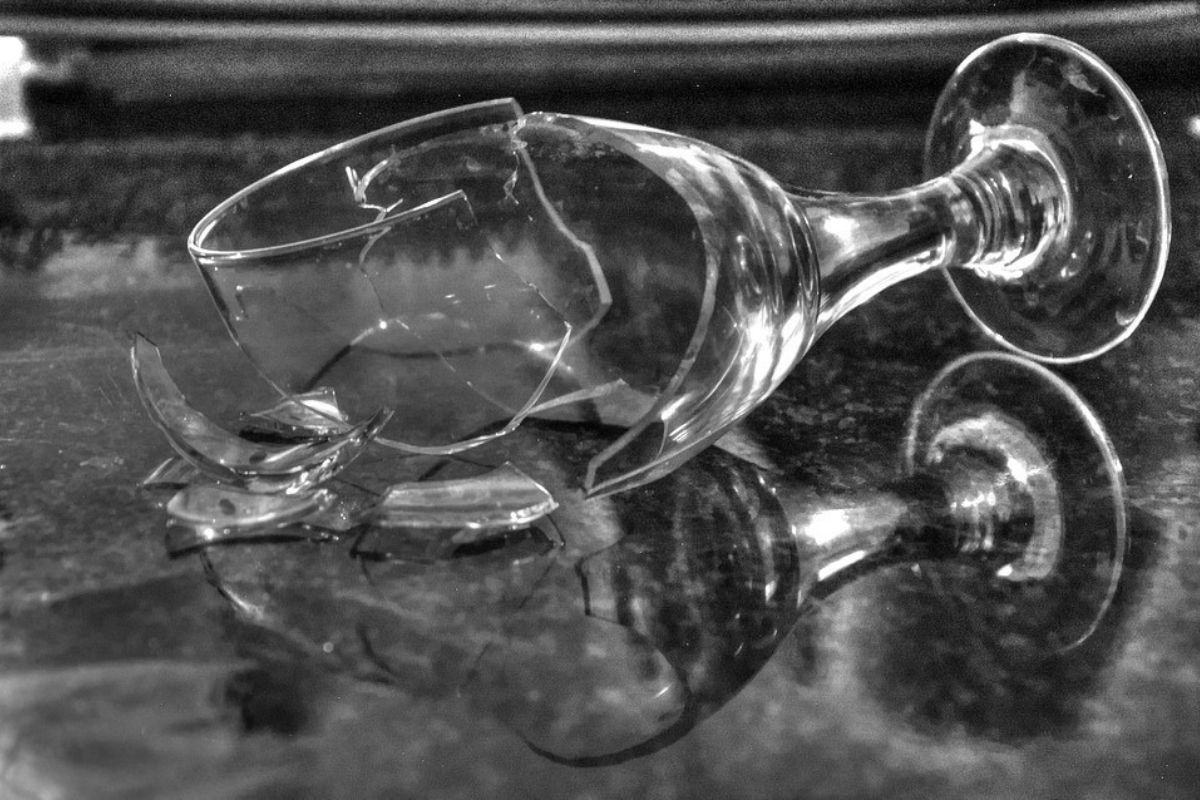
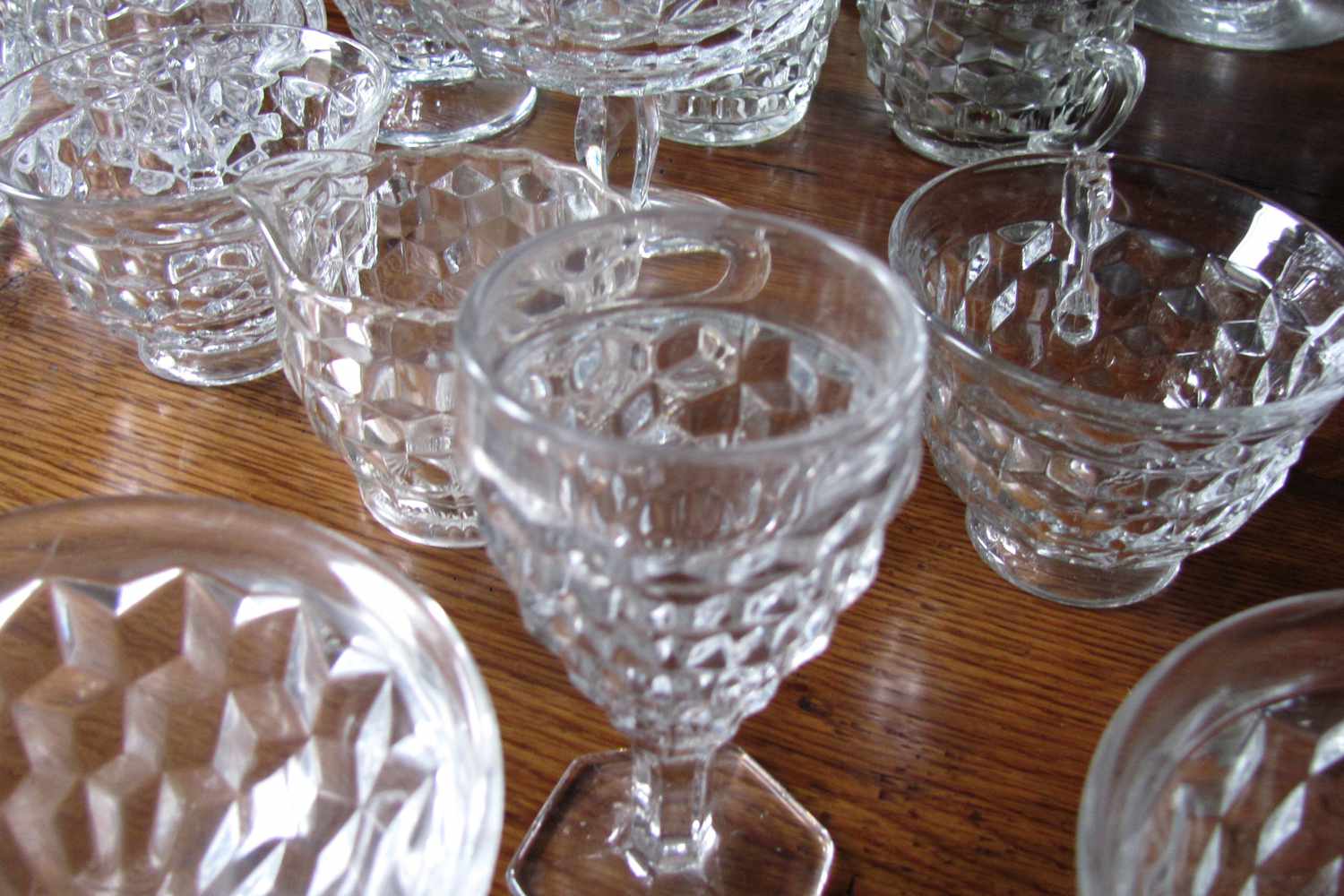
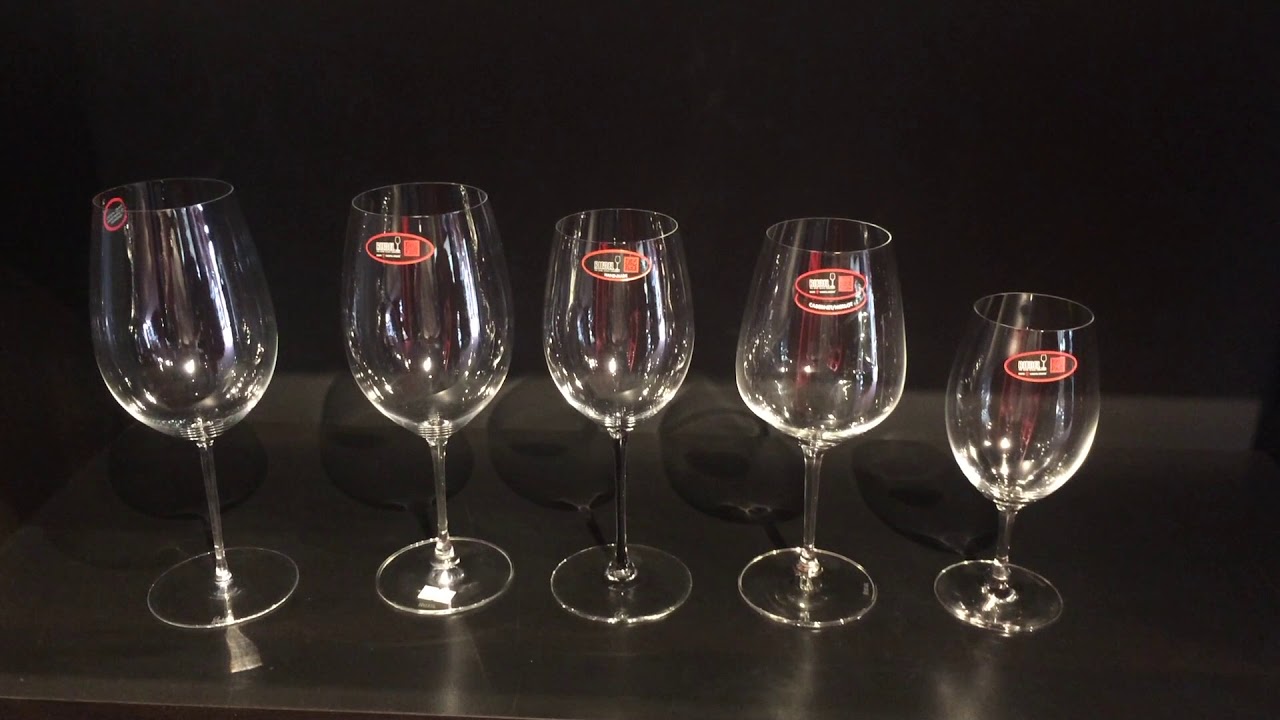
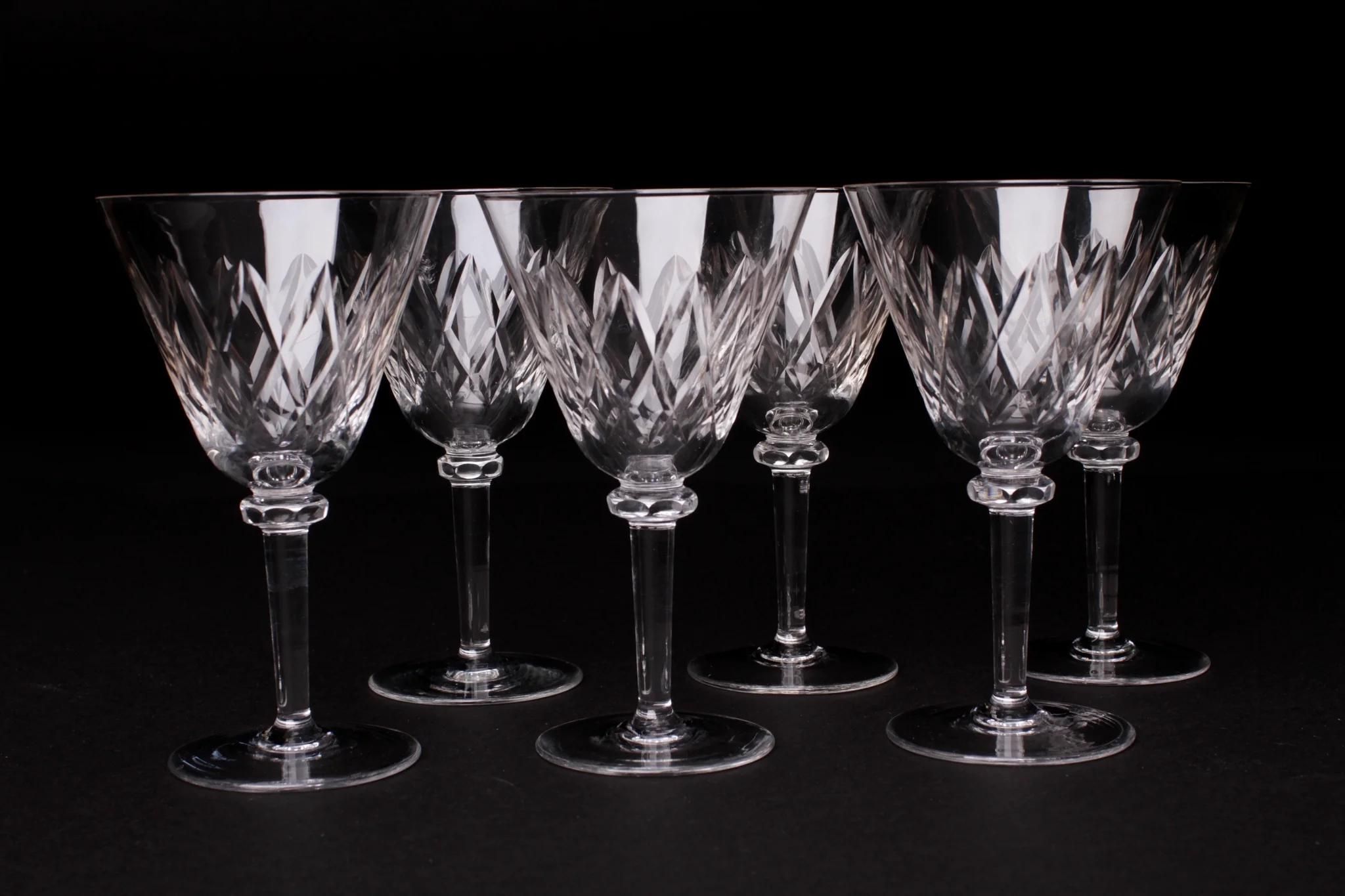
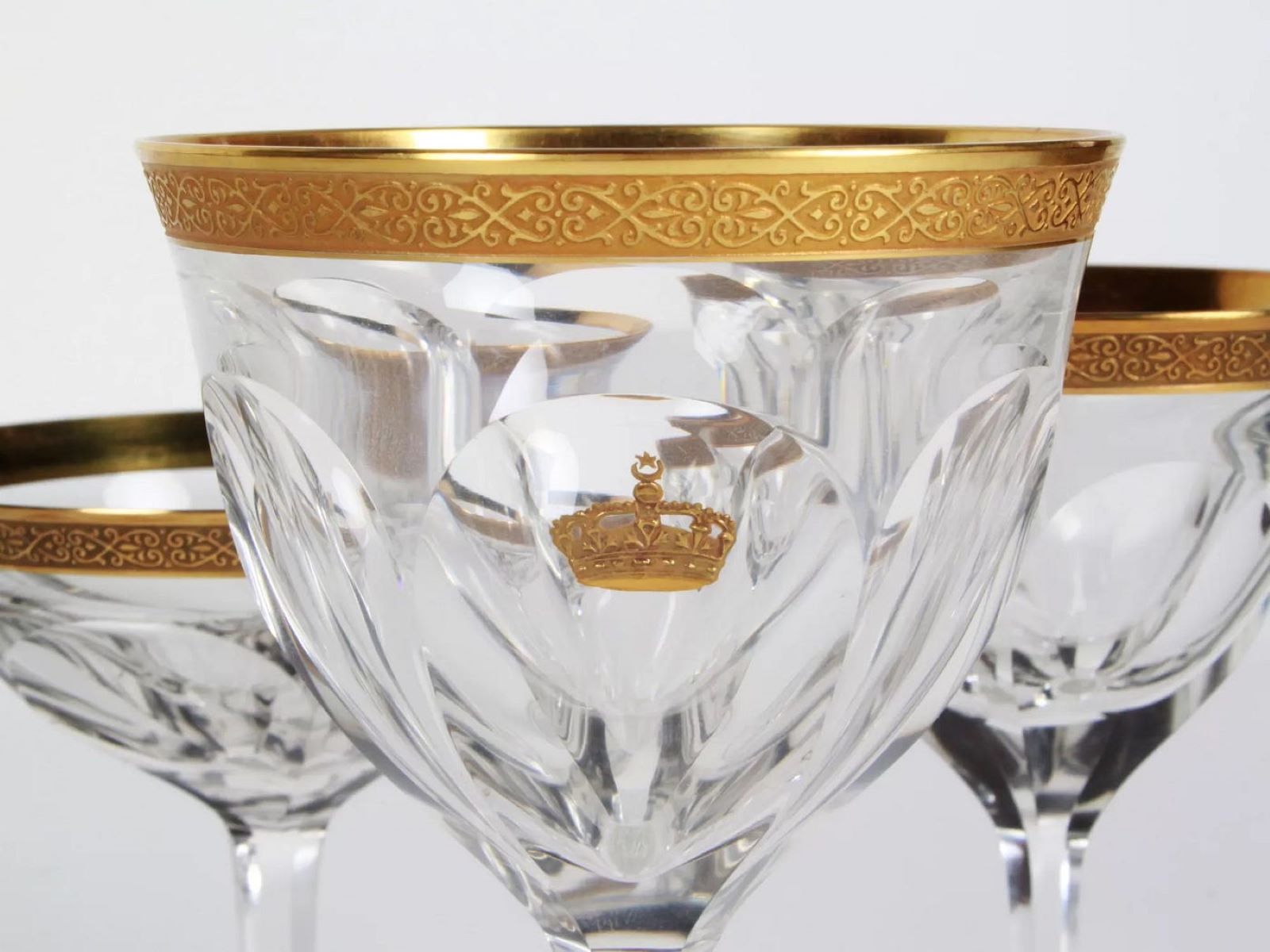
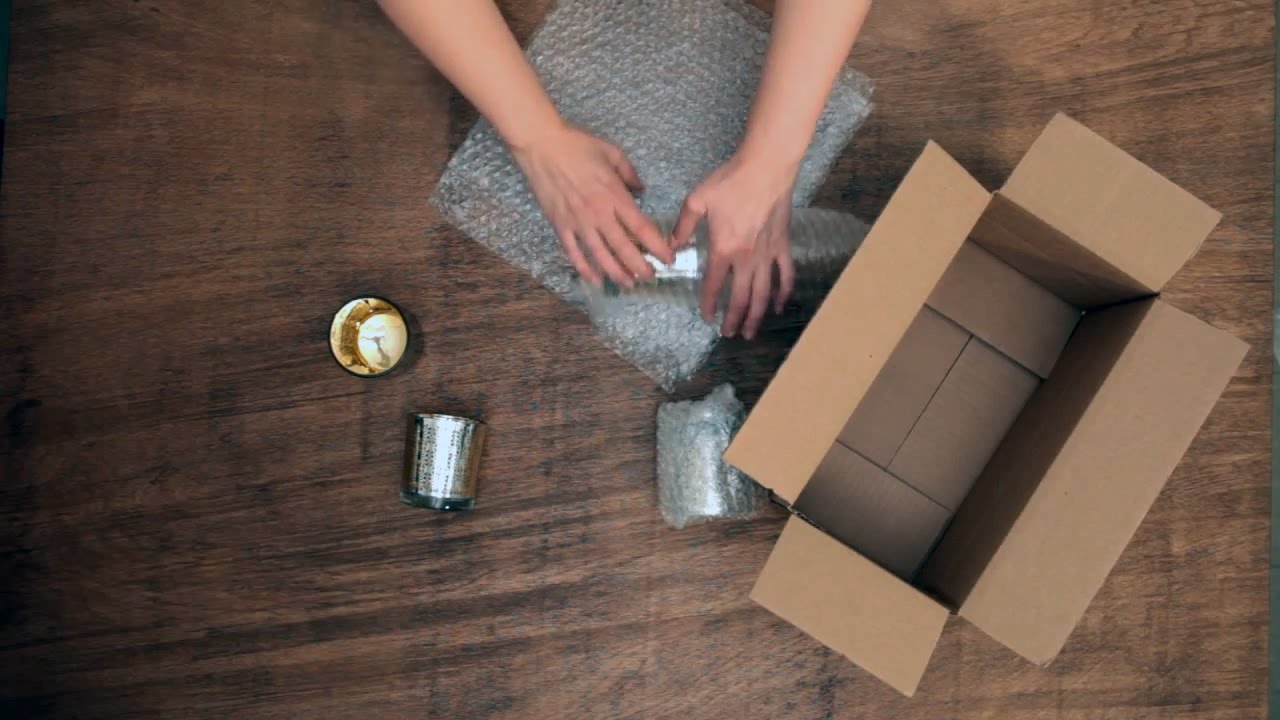
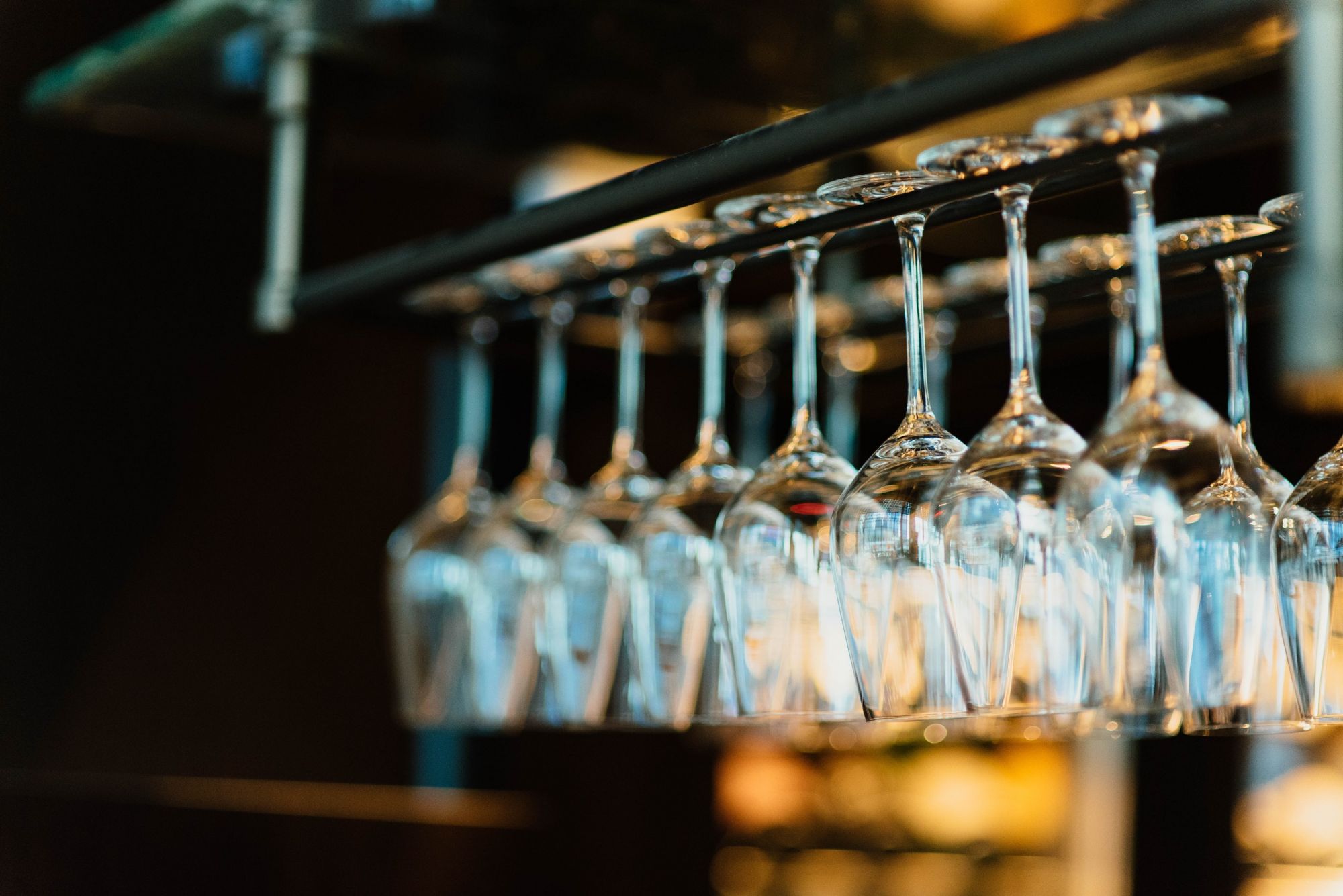
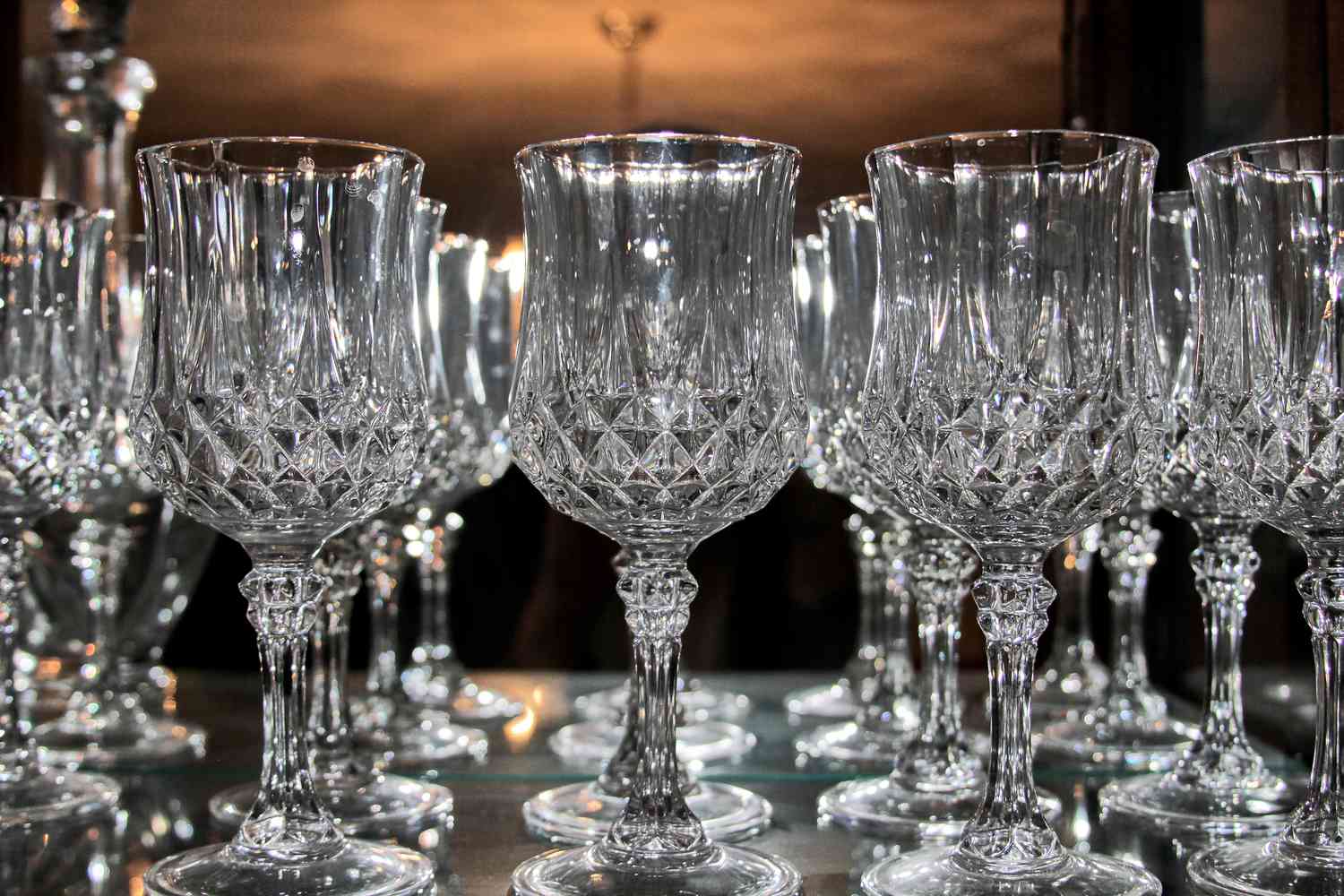
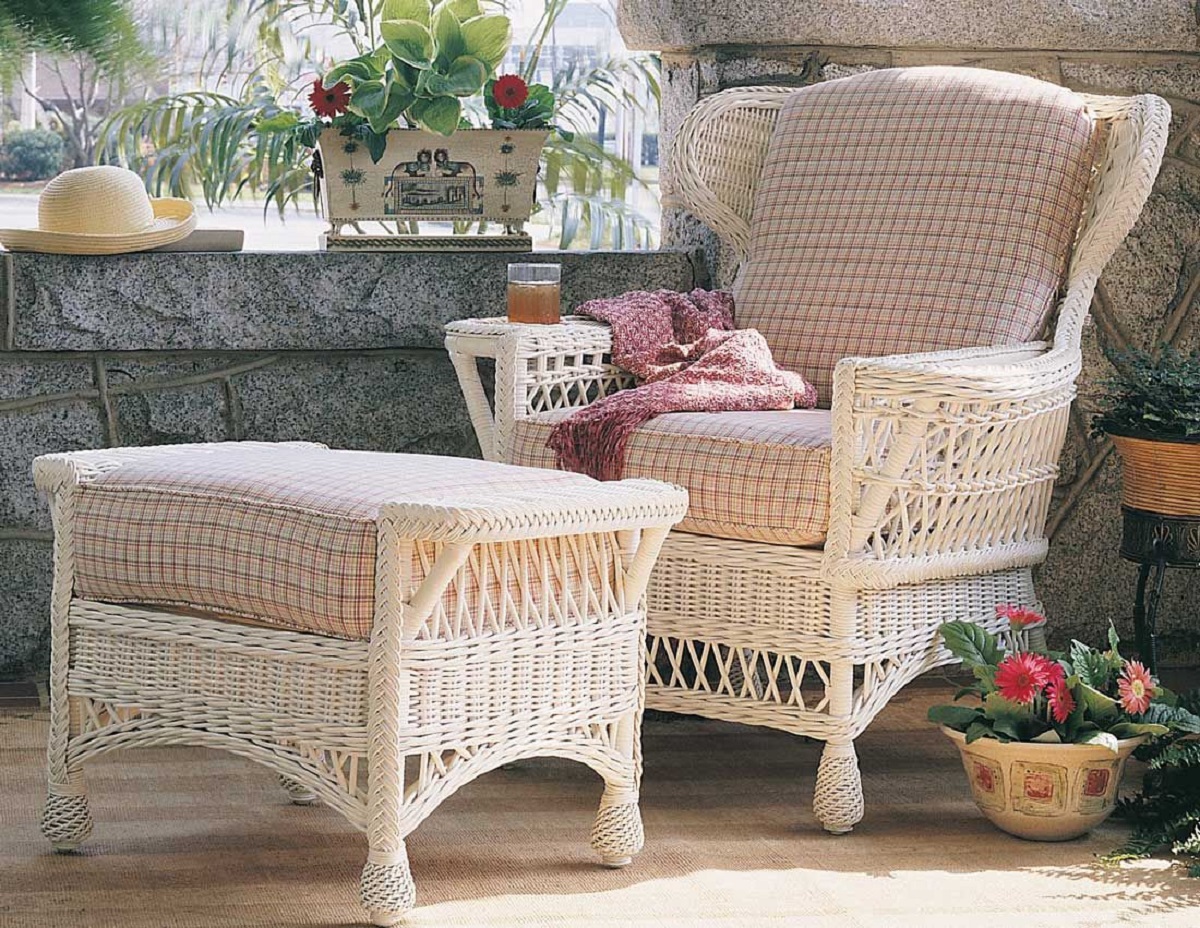
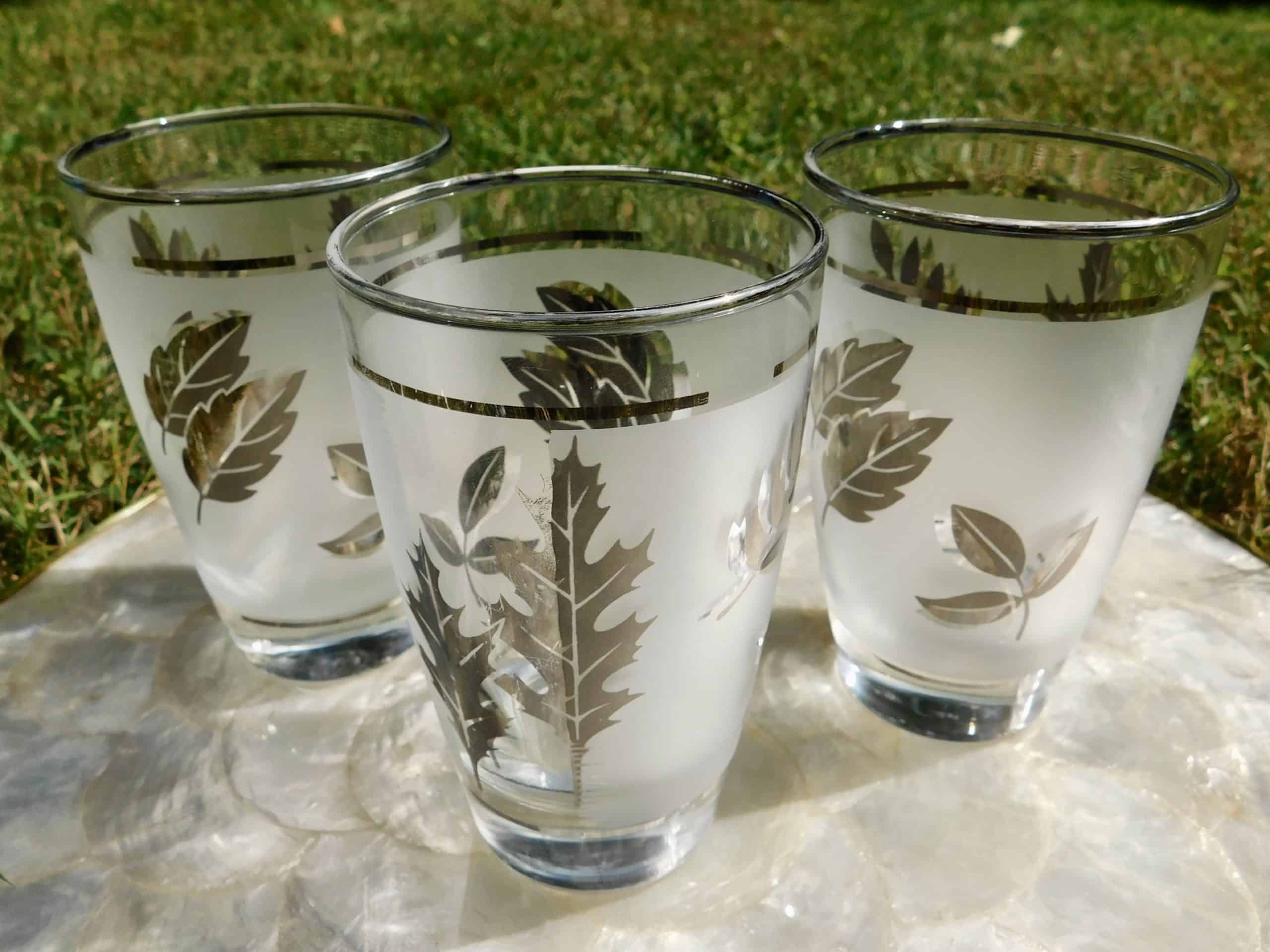
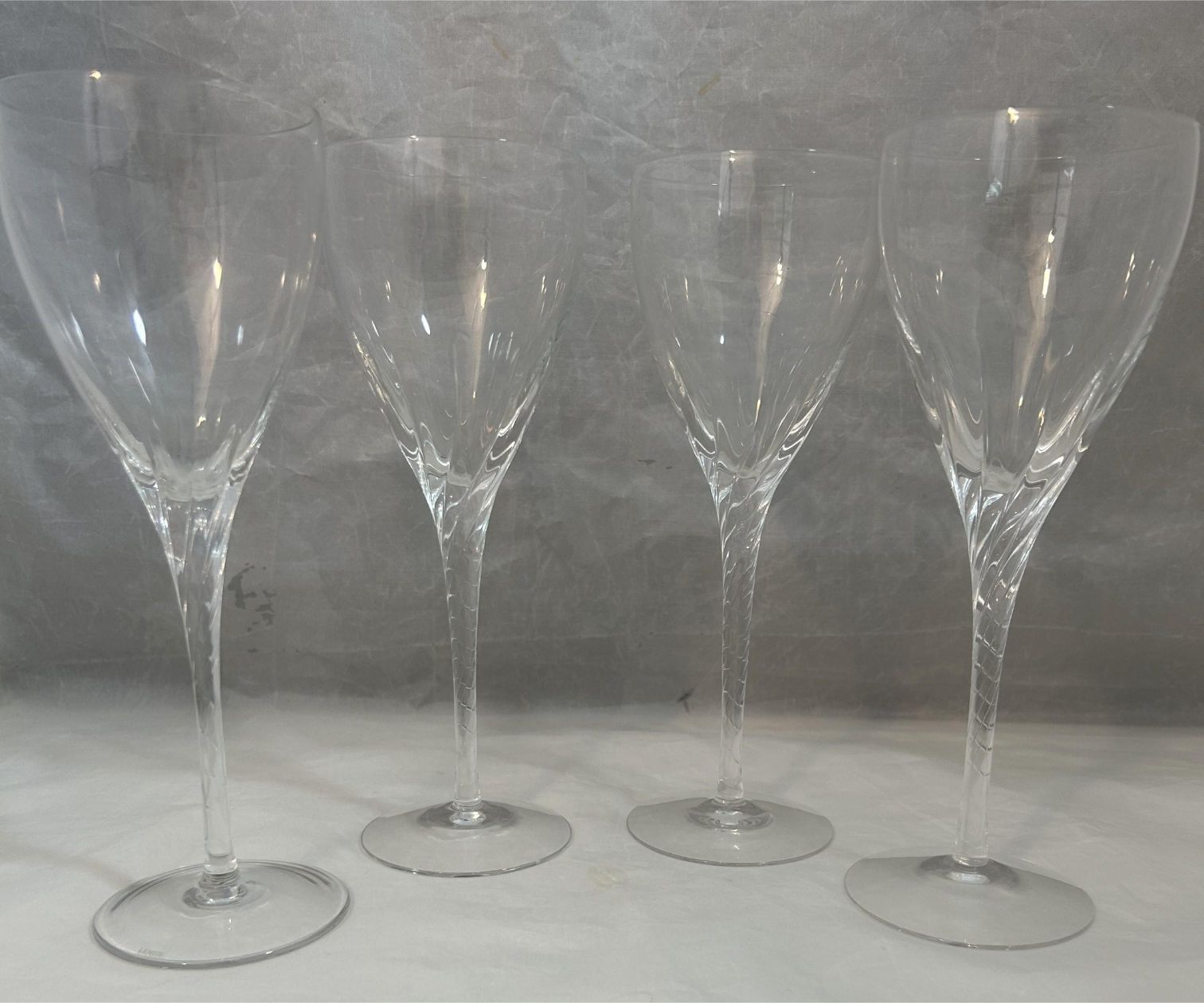
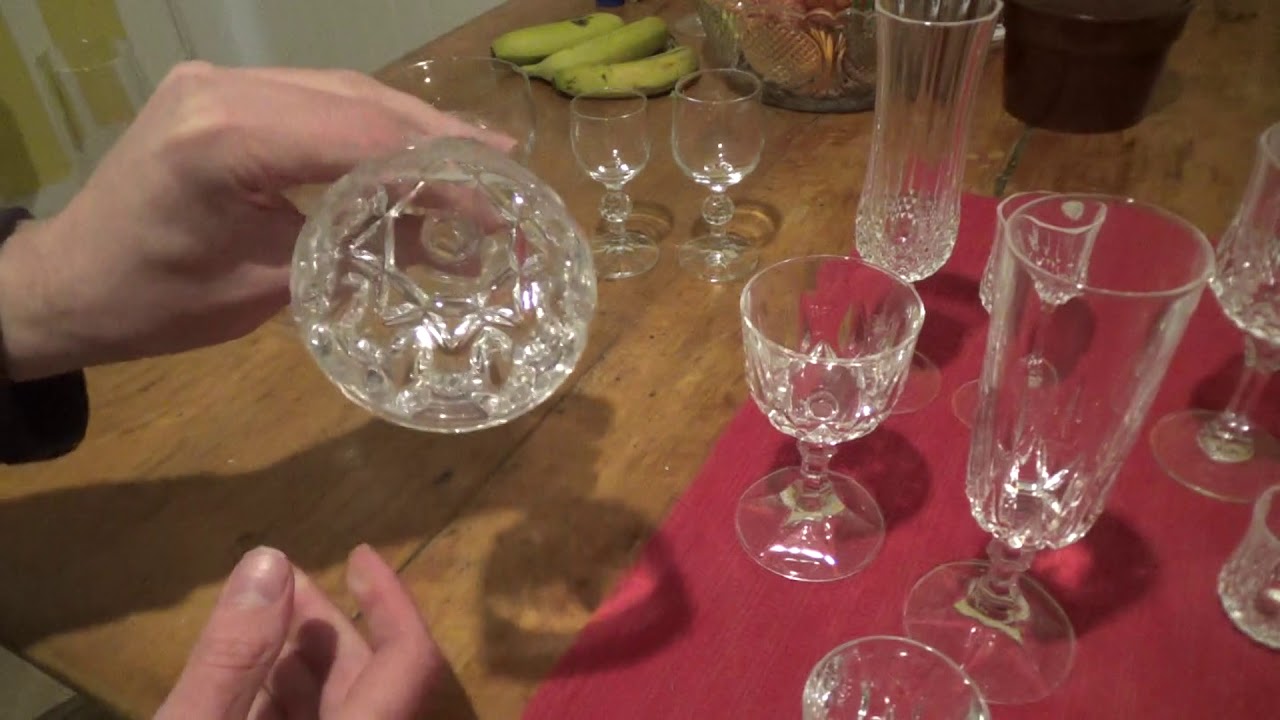
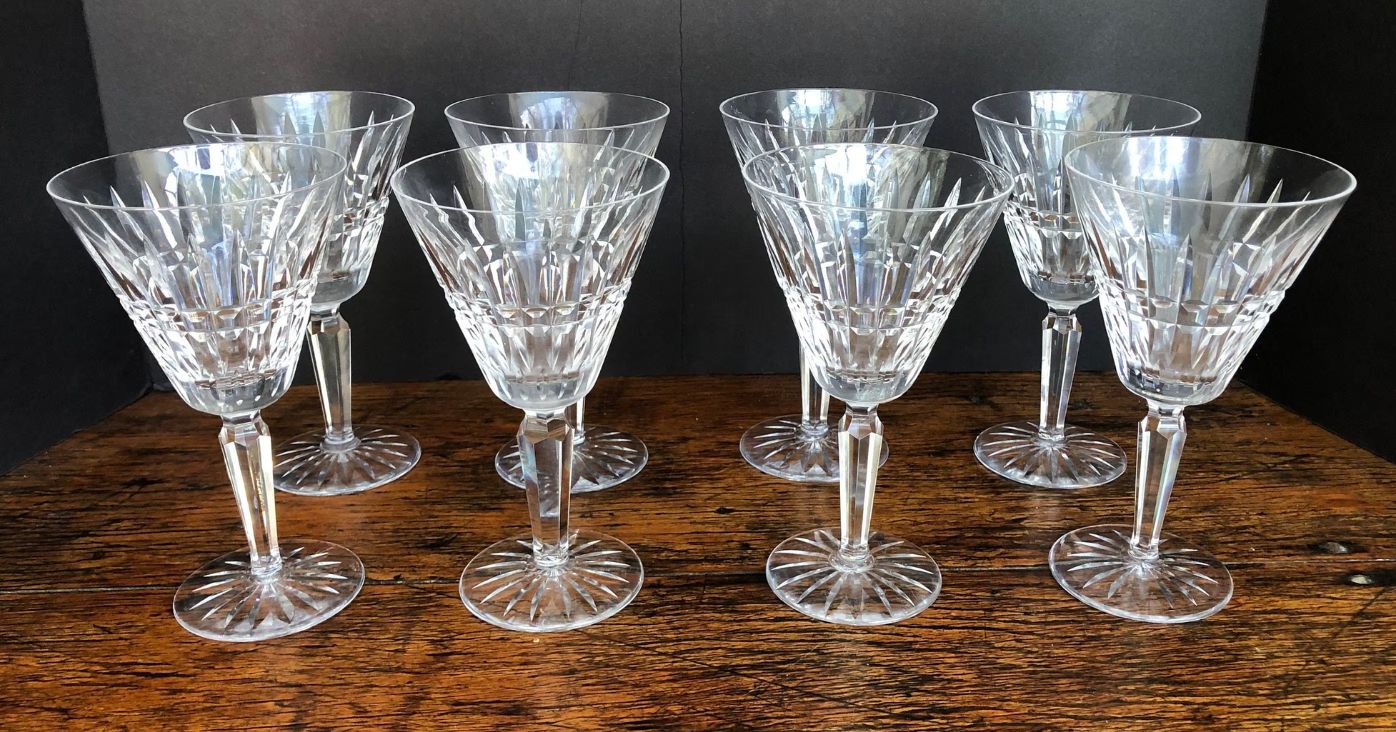

0 thoughts on “How To Identify Vintage Crystal Stemware”